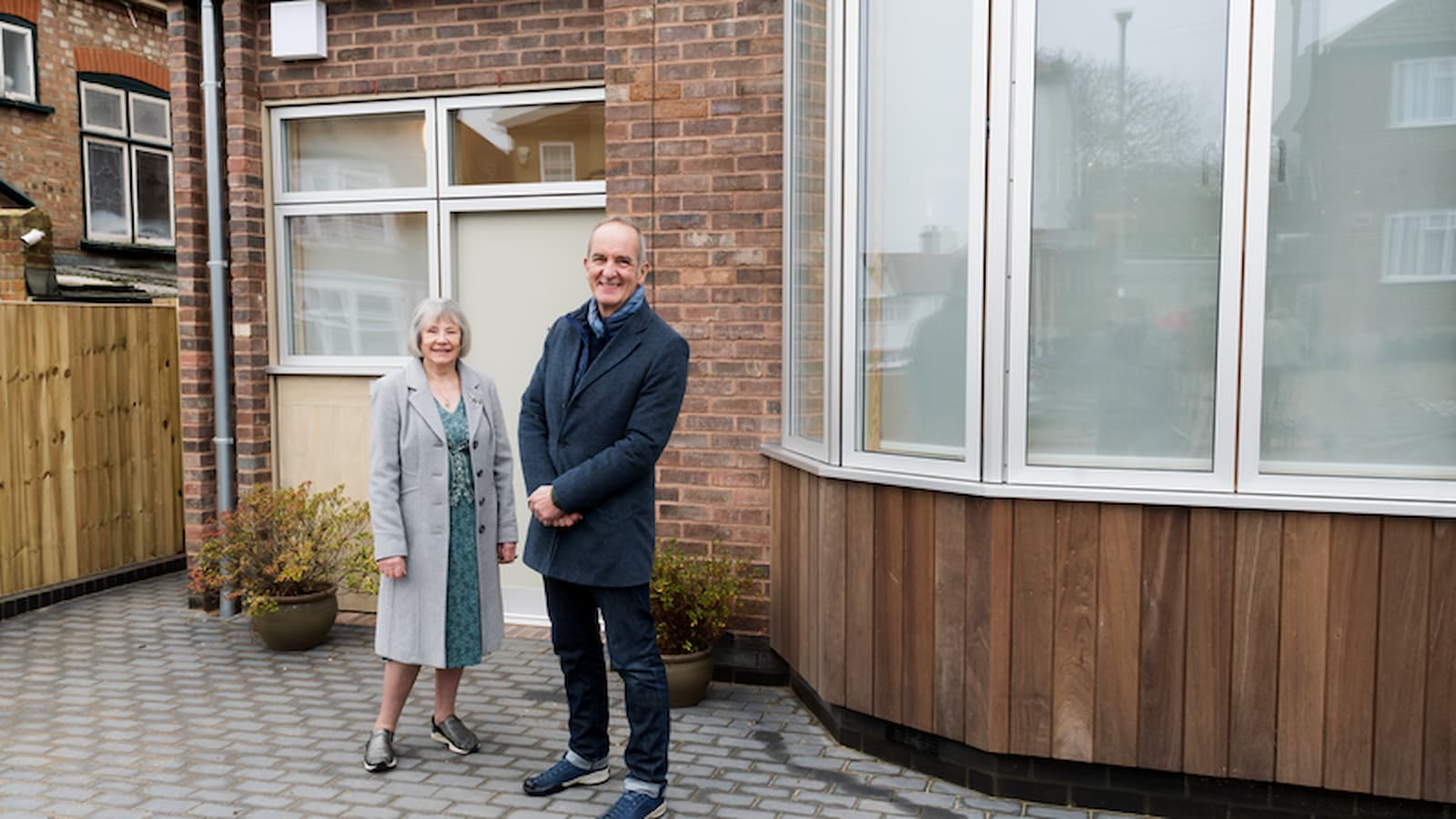What are the best ways of insulating an extension? Our guide lays out the options
When looking at the task of insulating an extension, don't only think about the new additional space – consider the existing building too
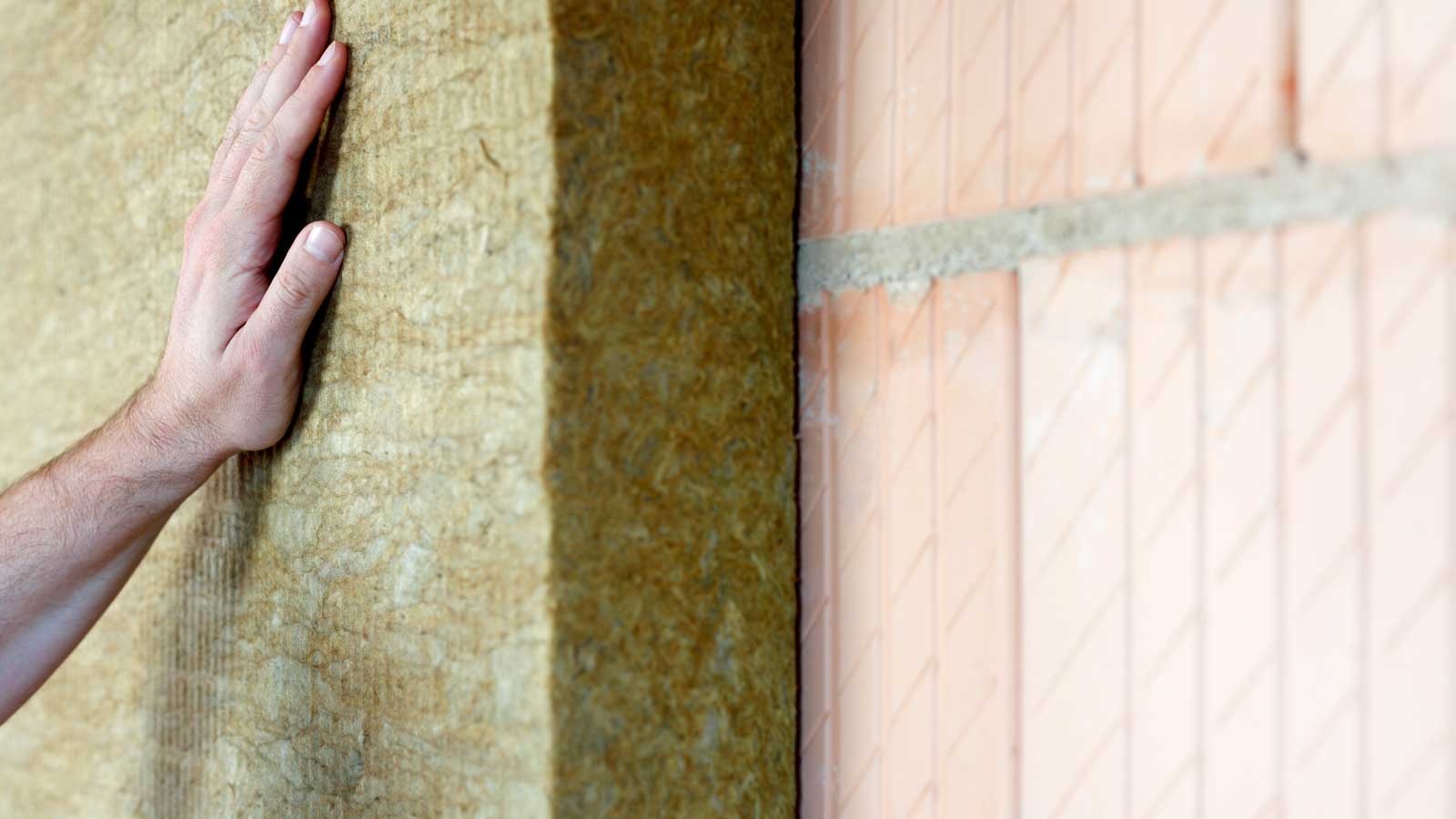
Insulating an extension to the highest standards will not only ensure that your new addition feels comfortable to spend time in all year round, but also that it has a positive impact on your existing spaces.
When building an extension, homeowners will all have different requirements, depending on how they plan on using the new space. The style and age of the existing house will also need to be take into account as this too will play a role in the kind of insulation that will best suit the newer section.
Here we take a look at the best types of insulation and the different ways to incorporate it into an extension, focusing on the individual elements of the space as well as methods of ensuring the original house benefits too.
Insulating an extension
No two extensions are the same, meaning that you need to think about the specific insulation requirements of your new addition.
"Beyond meeting building regulations, key factors include the property's age and construction method, local climate conditions and ventilation requirements to prevent moisture build-up and ensure optimal thermal performance," explains Becky Lane, co-founder and CEO of Furbnow.
With that in mind, we asked the experts for their advice on the most common methods and the factors that could influence the best options for you.

Becky Lane is the co-founder and CEO of Furbnow. She is also a board bember at the Sustainable Housing Action Partnership – a not-for-profit organisation promoting best practice on the environmental, social and economic aspects of sustainable housing.
Insulating the walls of an extension
While it is best to take a holistic approach when looking at how to insulate your house, it can be helpful to break down the elements of a structure and the best ways of increasing their thermal efficiency through insulation.
"Modern extensions require a comprehensive approach, combining cavity wall insulation, floor insulation and roof insulation, with materials like mineral wool, rigid foam boards, or natural alternatives like sheep's wool all proving effective for different applications," explains Becky Lane.
"For walls, there are various insulation options including PIR insulation boards," begins electrical and general building contractor Phil McWilliam of Peninsula Electrical Services. "These are often a popular choice for modern homes because they’re highly effective and don’t take up too much space.
"If you’re going for a more breathable solution for wall insulation, wood fibre or sheep’s wool can be a great alternative," adds Phil.


Phil is the managing director at Peninsula Electrical Services. He is an electrical and general building contractor in the Wirral and surrounding areas.
How to insulate the roof of an extension
The type of insulation you add within the new roof of your extension should take into account its construction.
"Your choice of roof insulation depends on whether you have a pitched or flat roof," explains Phil McWilliam. "If it’s a pitched roof, you can insulate above the rafters using rigid boards, or between the rafters using mineral wool or PIR boards."
But how about when it comes to how to insulate a flat roof?
"For flat roofs, insulation is usually placed above the roof deck to meet modern standards and prevent condensation issues," says Phil.
While many old flat roofs had cold roof decks, if you are building a flat-roofed extension, you will more likely be dealing with a warm roof deck. This means that insulation will be placed above the joists and below the waterproof membrane.
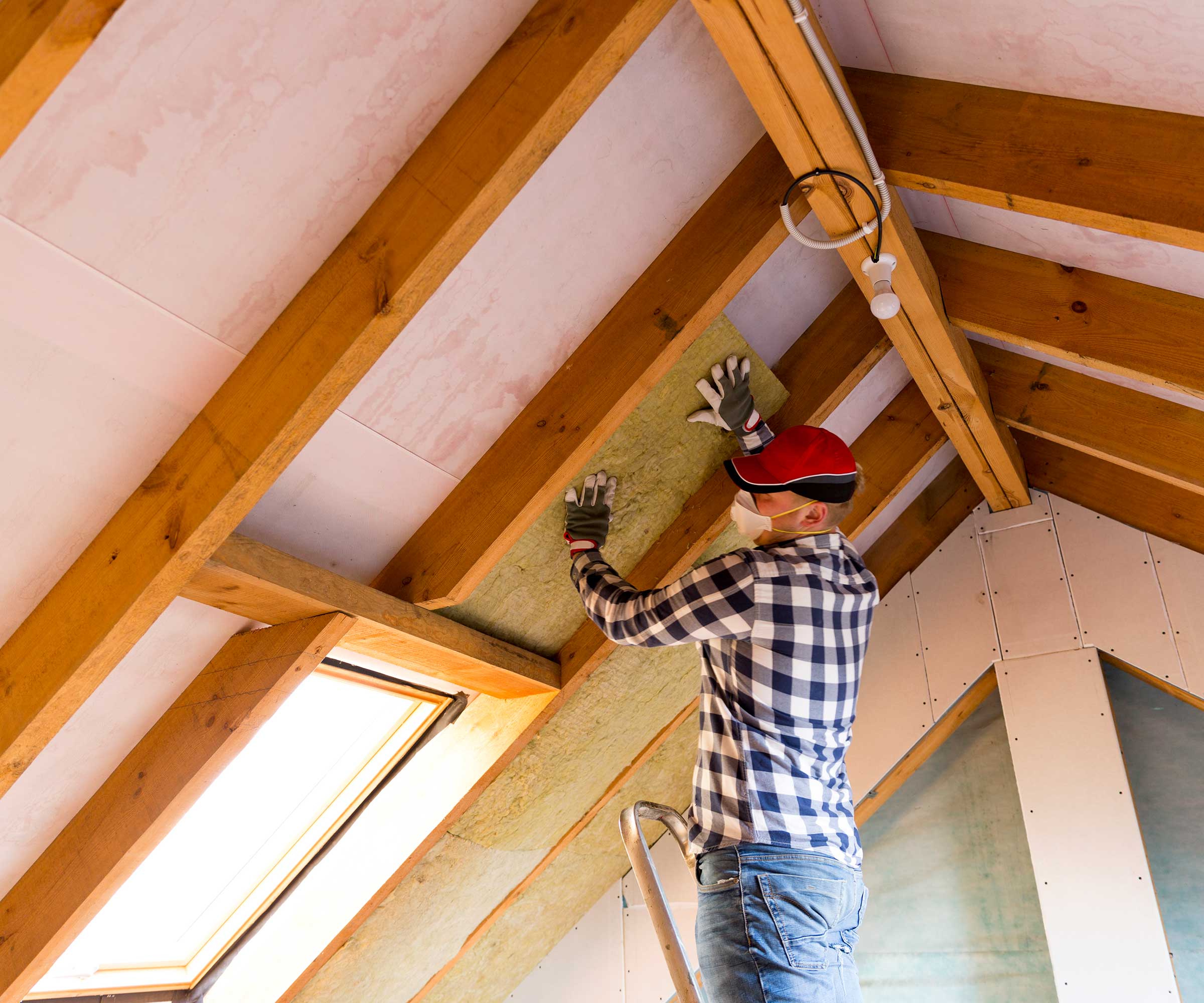
What is the best insulation when extending a period property?
If you are adding an extension to a period property, your choice of insulation needs to take into account how to insulate old homes.
"If you're adding an extension to an older home with a solid wall, be sure to make sure the insulation between the newer and older parts of your home tie in to avoid any potential thermal bridging issues," advises Becky Lane.
"For period properties, breathable insulation materials like wood fibre or sheep's wool are crucial to maintain the building's natural moisture balance and prevent condensation issues within traditional solid walls," continues Becky. "The key is always choosing materials that are sympathetic to your home's construction."
"Breathability is important for older buildings, in particular, to prevent moisture and dampness from building up and affecting the structural integrity of the property," picks up Phil McWilliam. "Mineral wool, such as Rockwool, is also widely used, particularly in stud walls, because it helps with both insulation and soundproofing."
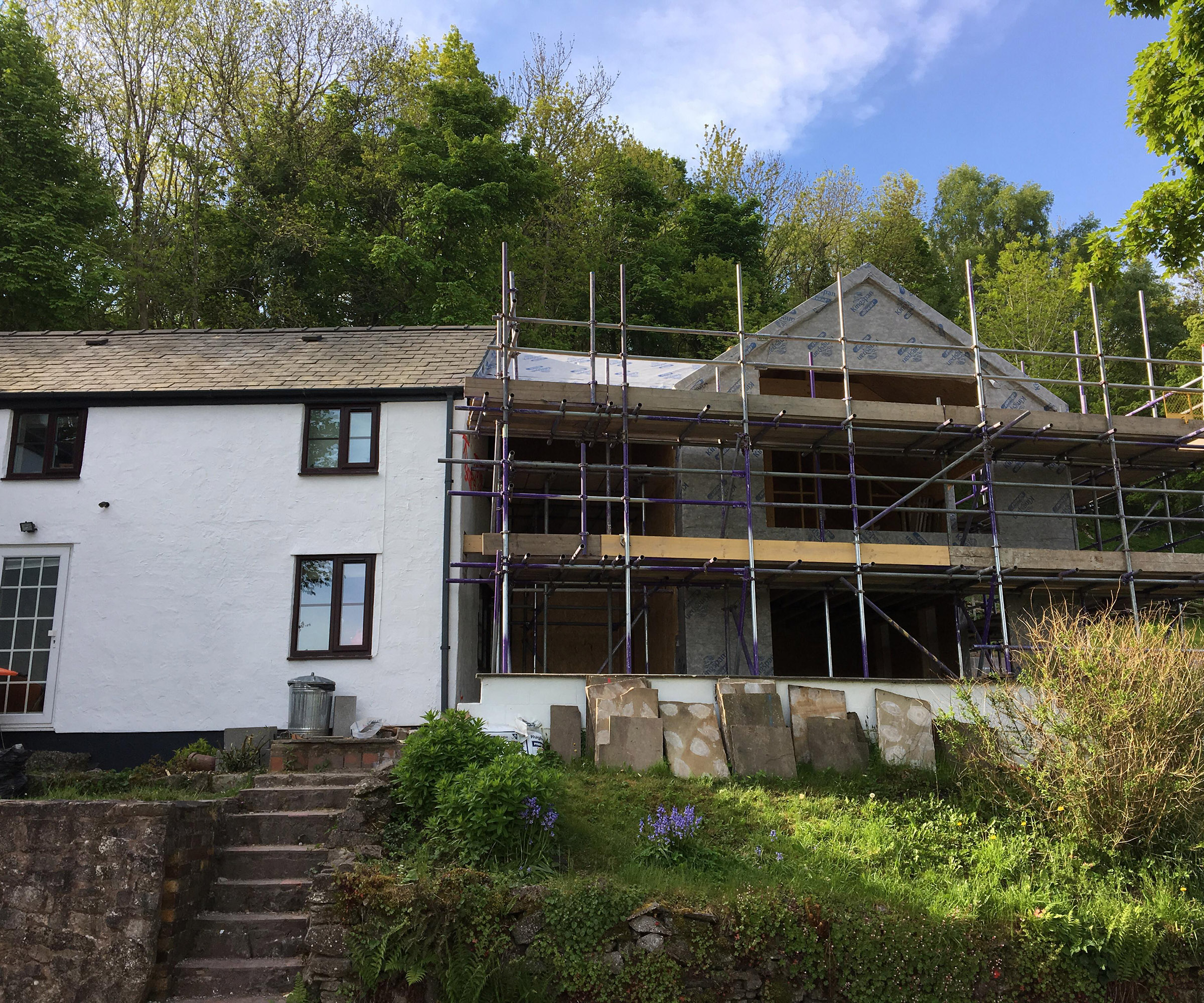
Insulating the floor of an extension
Insulating floors within your extension will also need to be considered.
"Floor insulation is another thing to think about," says Phil McWilliam. "If you have a suspended timber floor, mineral wool or spray foam can help keep the cold out, while solid floors usually require rigid insulation boards beneath them."
Most modern extensions will be built with solid floors. In this case, it is usual for a damp-proof membrane to be laid, with rigid foam insulation on top, finished with a screed.
What are the building regulations when insulating an extension?
You need to look at Part L of the building regulations when it comes to how much insulation your extension will require and, specifically, Approved Document Part L1B, which covers renovations and extensions.
"From a building regulations perspective, the key thing is ensuring your U-values (a measure of thermal performance) meet current standards," says Phil McWilliam. "For example, in the UK, walls generally need to achieve a U-value of 0.18 W/m²K, while roofs should be around 0.15 W/m²K. These numbers can vary depending on the project, but a good contractor or architect will ensure compliance.”
How much does insulation for an extension cost?
When building an extension the quotes you receive from builders may well include the cost of insulation, but if you are acting as project manager or carrying out the majority of the work on a DIY basis, you may well be keen to know how much of your extension costs will be taken up by this element of the construction.
"In terms of cost, it really depends on the size of the extension and the materials used," explains Phil McWilliam. "PIR boards tend to be more expensive than mineral wool but offer better insulation with less thickness. As a rough guide, you could be looking at anywhere from £20 to £50 per square metre for insulation materials, with installation costs on top."
Should I upgrade the insulation in my existing home while extending?
While insulating your extension to make it as thermally efficient as possible should not be too tricky, it is well worthwhile looking into how to upgrade your existing house's energy efficiency too.
In some cases, where planning or conservation restraints don't apply, it is possible to add insulation to the external walls of old houses, while in other instances, interior solutions will be better. Adding loft insulation will also help matters greatly.
Do be sure to look into draught proofing measures too – around windows and doors in particular. Draught proofing tape, secondary glazing, insulating window film and padded draught excluders are all great options.
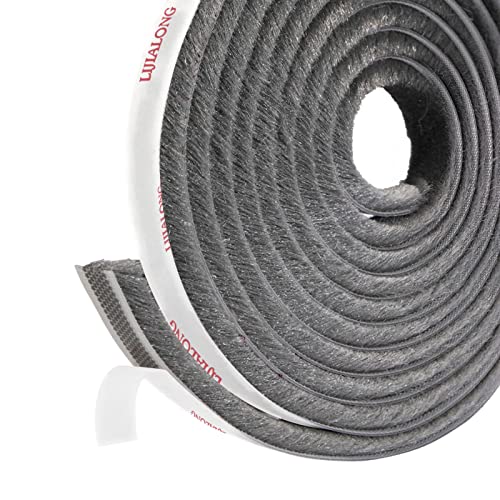
Self-adhesive weather stripping really can make a huge difference when it comes to keeping out the cold in homes with older windows. Simply cut it to size and stick it down. This one has excellent adhesion and can be used around doors too.
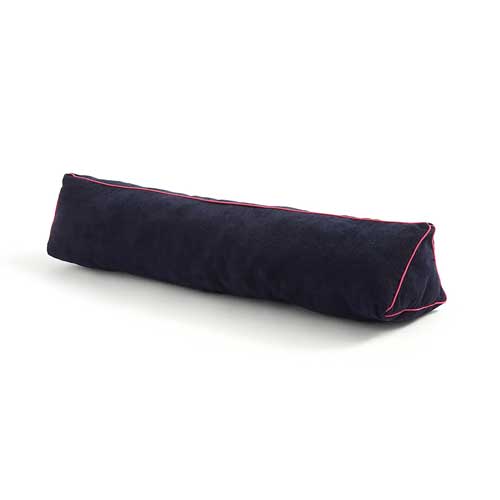
If the doors in the existing section of your house are not exactly a great fit in their frames, a weighted draught excluder such as this stylish navy and pink cord design will really help keep your rooms toasty. Even better, there is also a matching doorstop.

Scissors, a hairdryer and a roll of this window film are all you need to improve the thermal efficiency of your existing windows. This crystal clear film creates an airtight seal around your windows to keep out the cold during winter – and is easy to remove in summer.
FAQs
What are PIR insulation boards?
PIR insulation boards are a popular option when insulating a wall within extensions. PIR is actually short for polyisocyanurate. Boards are made from rigid foam and are easy to cut and fit – plus they offer fantastic thermal efficiency.
Still unsure which insulation is best for your extension? Take a look at our guide on mineral wool vs fibreglass insulation to help you decide.
Get the Homebuilding & Renovating Newsletter
Bring your dream home to life with expert advice, how to guides and design inspiration. Sign up for our newsletter and get two free tickets to a Homebuilding & Renovating Show near you.
Natasha was Homebuilding & Renovating’s Associate Content Editor and was a member of the Homebuilding team for over two decades. In her role on Homebuilding & Renovating she imparted her knowledge on a wide range of renovation topics, from window condensation to renovating bathrooms, to removing walls and adding an extension. She continues to write for Homebuilding on these topics, and more. An experienced journalist and renovation expert, she also writes for a number of other homes titles, including Homes & Gardens and Ideal Homes. Over the years Natasha has renovated and carried out a side extension to a Victorian terrace. She is currently living in the rural Edwardian cottage she renovated and extended on a largely DIY basis, living on site for the duration of the project.

